Jane Holder, Maria Lee0521690269, 9780521690263, 9780511296598
Table of contents :
Half-title……Page 3
Title……Page 5
Copyright……Page 6
Dedication……Page 7
Contents……Page 9
Table of EU legislation……Page 16
Table of international conventions……Page 20
Table of legislation……Page 23
Table of cases……Page 25
Acknowledgements……Page 31
Preface……Page 43
Preface to Part I……Page 49
1. Future Generations and Sustainability in the Treaties……Page 50
1. Intrinsic Value in the Treaties……Page 51
1 Introduction……Page 57
(a) The role of science……Page 60
(b) Risk assessment and the environment……Page 63
(c) Scientific uncertainty and the precautionary principle……Page 66
(d) Accounting for the authority of science……Page 79
3 Environment and economics……Page 82
(a) Cost benefit analysis……Page 85
4 Beyond expertise: the political (and popular) dimension of environmental protection……Page 88
5 ‘Alternative’ ways of viewing the world: ecological theories……Page 95
(a) Deep ecology……Page 96
(b) Social ecology……Page 98
(c) Ecofeminism……Page 99
(d) Gaia theory……Page 102
(e) Ecological law?……Page 103
6 Conclusions……Page 105
7 Further reading……Page 107
1 Introduction……Page 109
3 Human health concerns……Page 112
4 ‘Other’ issues……Page 113
5 The benefits of GM technology……Page 120
6 Consultation and beyond in the UK……Page 124
(a) Science and GMOs……Page 125
(c) The public debate……Page 127
(d) The public dialogue on GMOs: the response……Page 129
7 Conclusions……Page 131
8 Further reading……Page 132
1 Introduction……Page 133
(a) The process rationale for public participation……Page 135
(b) The substantive rationale for public participation……Page 141
(c) The Aarhus Convention……Page 145
(d) Why participation?……Page 148
3. Access to environmental information……Page 149
4 Public participation in environmental decision making……Page 158
5. Access to justice in environmental matters……Page 162
6 The challenges of public participation……Page 176
7 Conclusions……Page 180
8 Further reading……Page 182
Preface to Part II……Page 183
1 Introduction……Page 191
(a) Environmental policy……Page 193
(b) Legislative framework……Page 199
3 An evolutionary framework: four phases……Page 203
(a) First phase: recognising the need for action……Page 204
(b) Second phase: establishing a firm legal base……Page 206
(c) Third phase: ‘new’ environmental governance and ‘integration’……Page 212
(d) Fourth phase: constitutionalism……Page 218
4 ‘Free and fair trade’? Trade/environment dilemmas and the EU……Page 219
(a) Internal trade……Page 224
(b) External trade……Page 230
6 Further reading……Page 232
1 Introduction……Page 234
2 Risk regulation and GMOs: the authorisation process……Page 237
(a) The judiciary and science……Page 246
(b) Politics and science……Page 247
(c) The purposes of the legislation……Page 248
(d) The authorisation process……Page 249
3 Co-existence and the EU’s ‘market citizen’……Page 250
4 Conclusions……Page 256
5 Further reading……Page 257
Preface to Part III……Page 259
1 Introduction……Page 265
2 The evolution of sustainable development in international law……Page 267
(a) The future and sustainable development……Page 279
(b) The ‘three pillars’ and global poverty……Page 285
4 The implementation of sustainable development: the UK……Page 291
5 Sustainable development and environmental limits……Page 298
6 Sustainable development as a normative objective……Page 304
7 Conclusions……Page 310
8 Further reading……Page 311
1 Introduction: the international trading system……Page 312
2 The promise of trade: Johannesburg and sustainable development……Page 314
(a) The main issues……Page 318
(i) The basic provisions……Page 320
(ii) Science and risk in the WTO……Page 331
(c) The legal regime: multi-lateral environmental agreements……Page 351
4 Reconstructing world trade?……Page 354
(a) Participation in decision making……Page 355
(b) Environmental integration……Page 358
(c) Environmental standards: domestic or international?……Page 359
5 Conclusions……Page 364
6 Further reading……Page 366
Preface to Part IV……Page 367
1 Introduction……Page 371
2 The historical context of pollution control……Page 373
3 The modern machinery of government……Page 379
4 The Environment Agency……Page 382
5 Advisory bodies……Page 387
6 An environmental court?……Page 388
7 The role of the modern common law……Page 389
8 Conclusions……Page 398
9 Further reading……Page 399
1 Introduction……Page 400
2 The integration of pollution control……Page 402
3 Flexibility and decentralisation in the IPPC directive……Page 406
4 Standard setting in environmental regulation……Page 410
5 Soft harmonisation and flexibility……Page 417
6 Proceduralisation……Page 421
(a) Reflexive law?……Page 422
(b) Public participation……Page 423
8 Further reading……Page 428
1 Introduction……Page 429
(a) The criminal law: the principal water pollution offence……Page 430
(b) Discretion in enforcement……Page 435
(c) Sanctions: fines and beyond……Page 442
(d) Alternatives to the criminal law……Page 448
(a) The Commission as guardian of the treaties……Page 451
(b) Reform……Page 459
5 Further reading……Page 463
1 Introduction: ‘Command and control’?……Page 465
2 Economic instruments……Page 469
(a) Green taxes……Page 470
(b) Emissions allowance trading: greenhouse gases……Page 476
(c) Criticisms of economic instruments……Page 480
3 ‘Reflexive’ law……Page 483
(a) The EU’s Environmental Management and Audit Scheme (EMAS)……Page 485
4 Green consumers?……Page 494
5 The example of waste: diversity in regulation……Page 499
(b) Reducing landfill: taxing and trading……Page 502
(c) Recycling obligations……Page 504
6 Conclusions……Page 506
7 Further reading……Page 507
Preface to Part V……Page 509
1 Introduction……Page 517
(a) Public health and ‘amenity’……Page 518
(b) Utopianism and the garden city movement……Page 519
(a) Early planning law……Page 523
(b) The post-war land settlement and the great divide between urban planning and countryside controls……Page 527
(c) Enhancing participation……Page 535
(d) Entrepreneurial planning……Page 537
(e) Planning and sustainable development……Page 542
4 Conclusions……Page 550
1 Introduction……Page 553
2 Elements of the planning system……Page 558
(a) Planning policy……Page 559
(b) Scope of town and country planning……Page 561
(c) Applications for planning permission……Page 563
(d) Inter-relationship between planning and pollution controls……Page 564
(e) The decision: reasons, appeals and enforcement……Page 566
(f) Major infrastructure projects……Page 569
3 Integrated spatial planning……Page 570
(a) Origins: European spatial planning and other influences……Page 571
(b) ‘Bringing in’ space:48 reform of the planning system……Page 574
(a) The argument for enhanced public participation……Page 578
(b) Procedural safeguards……Page 584
(c) Participation in practice……Page 586
(d) Public perceptions of risk as material considerations……Page 590
5 Conclusions……Page 593
6 Further reading……Page 595
1 Introduction……Page 596
2 The positive idea of environmental assessment: changing the conditions and nature of decision making……Page 598
(i) Procedure/self-regulation……Page 599
(ii) Anticipation/integration……Page 604
(iii) Participatory democracy and protest……Page 605
(b) Operationalising sustainable development via environmental assessment……Page 608
(c) The ‘power to seduce’: the Kentish Flats wind farm……Page 611
3 Environmental impact assessment……Page 615
(a) EIA directive……Page 616
(b) Assessment procedure under the EIA directive……Page 620
(i) Screening: the selection of projects for environmental assessment……Page 621
(ii) Scoping and the gathering of information……Page 628
(iii) Consultation and participation……Page 631
(v) The decision: what difference does environmental assessment make?……Page 638
4 Extending EIA: Strategic Environmental Assessment……Page 645
(a) SEA directive……Page 647
(b) Sustainability analysis……Page 649
(a) Post-assessment monitoring: ‘living assessments’……Page 652
(b) Digitalisation and freedom of access to information……Page 655
6 Conclusions……Page 656
7 Further reading……Page 657
1 Introduction……Page 659
2 Designation……Page 662
(a) Sites of Special Scientific Interest……Page 666
(b) The demise of voluntary controls……Page 673
(a) Special protection areas……Page 675
(b) Special areas of conservation……Page 682
(i) The designation process……Page 684
(ii) Economic and political influences……Page 687
(iii) The protection regime……Page 695
(iv) Threats: an ‘appropriate assessment’ and general prohibition on development……Page 697
(v) Walland Marsh wind farm: an ‘inappropriate assessment’?……Page 703
(vi) The general prohibition on development and derogations……Page 709
(c) Natura 2000: the inter-relation of the Birds and Habitats Directives……Page 713
4 Conclusions……Page 716
5 Further reading……Page 717
1 Introduction……Page 718
2 Biodiversity action plans……Page 719
3 Integrating conservation in planning……Page 721
(a) Environmental ‘compensation’……Page 725
4 Changing agricultural practices……Page 728
(a) The ‘reform’ of the CAP – Agenda 2000……Page 730
(b) An ethic of stewardship?……Page 733
(c) The story of field margins……Page 735
(d) Protecting hedgerows……Page 737
5 Conclusions……Page 739
6 Further reading……Page 740
1 Introduction……Page 742
2 Planning policy conflicts……Page 746
(a) Central government policy……Page 747
(b) Overcoming local resistance……Page 757
3 Offshore wind farm development……Page 767
(a) The new licensing regime……Page 769
(b) Invoking environmental assessment……Page 771
(c) Robin Rigg in the Solway Firth……Page 778
4 Conservation objections……Page 783
5 Conclusions……Page 790
6 Further reading……Page 791
Index……Page 793


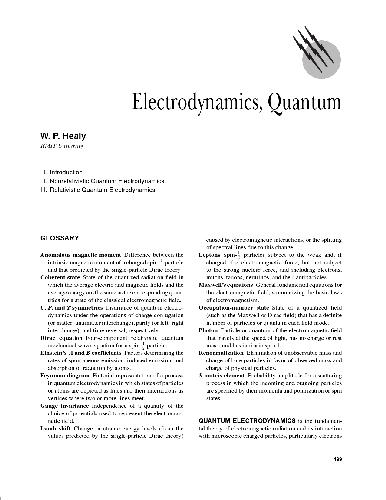
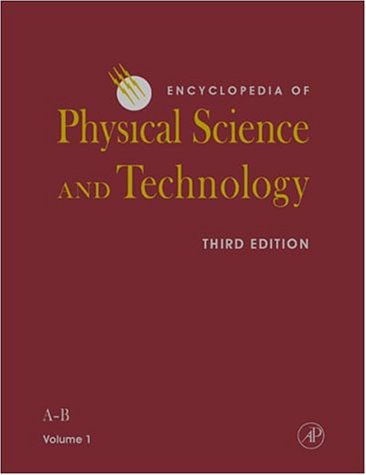
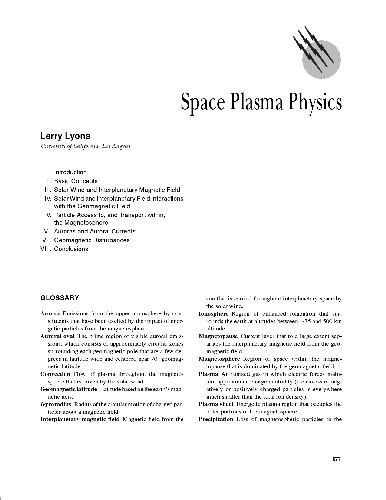
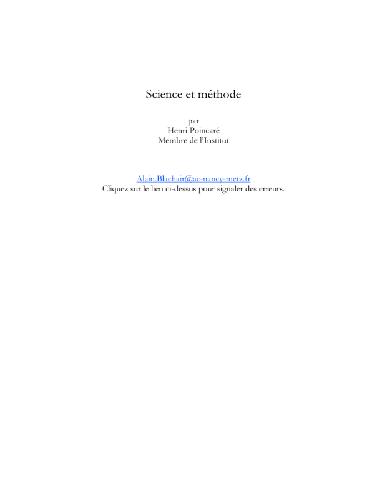
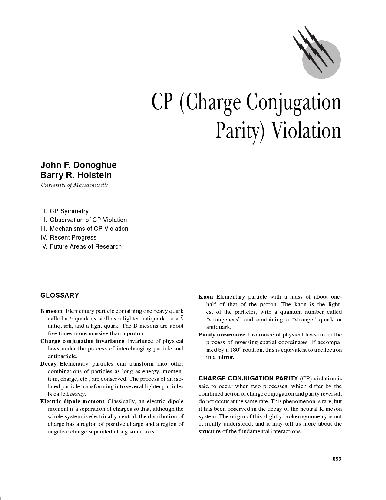
Reviews
There are no reviews yet.